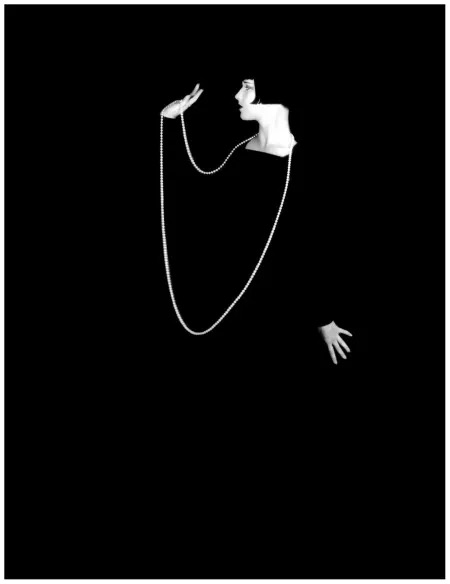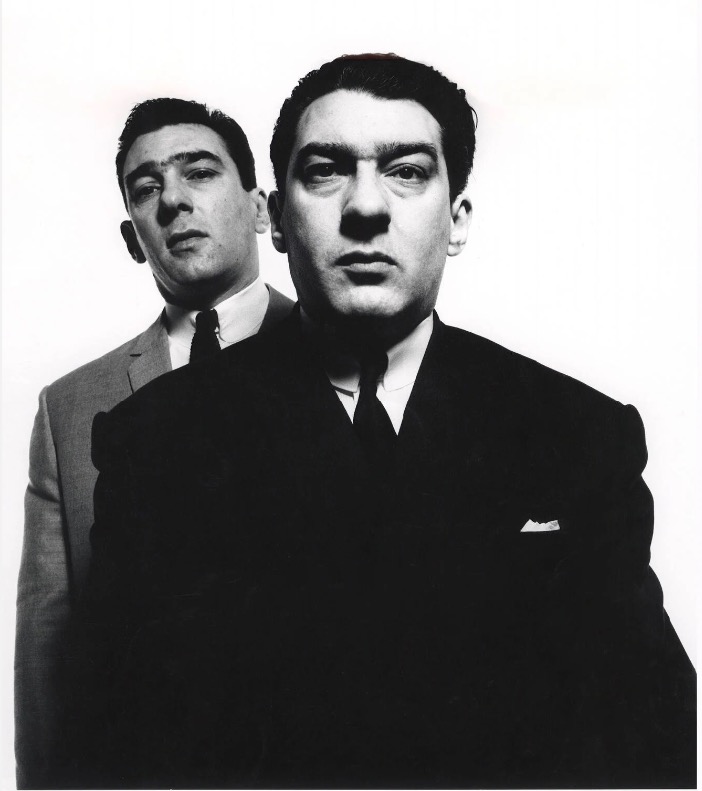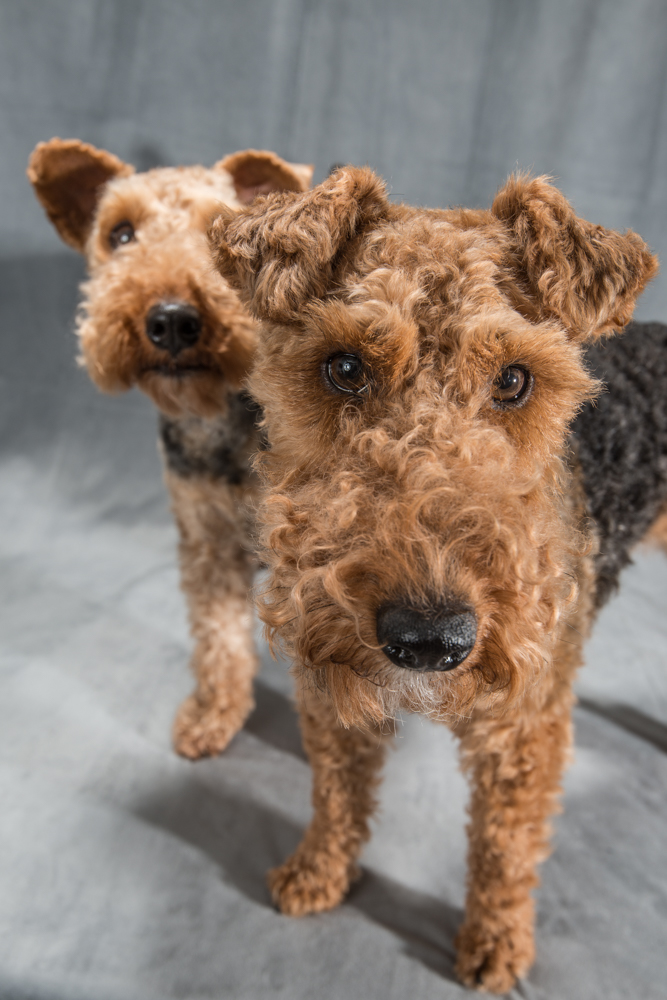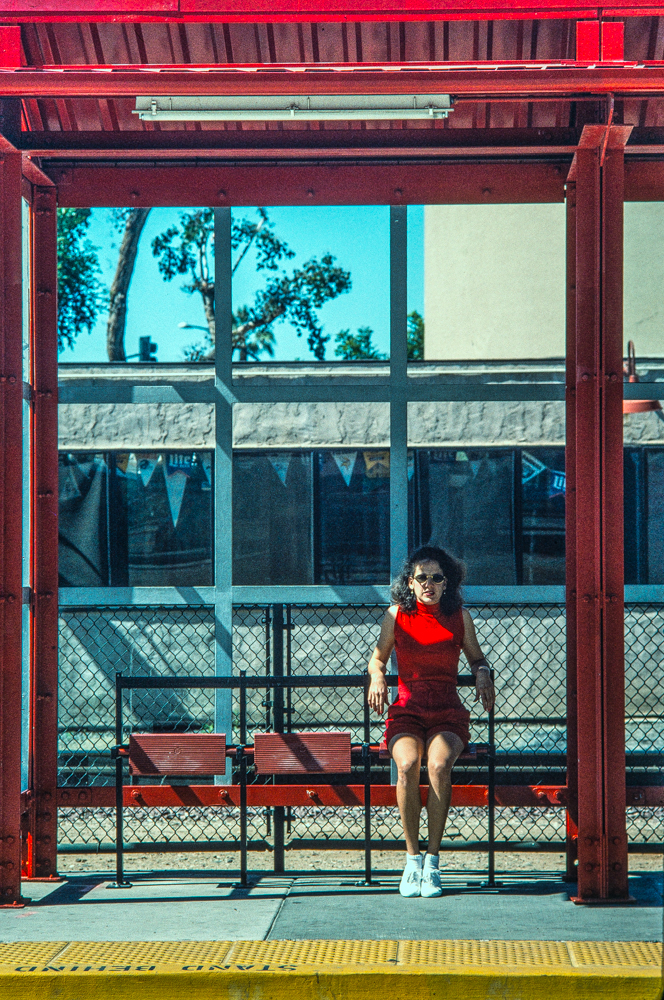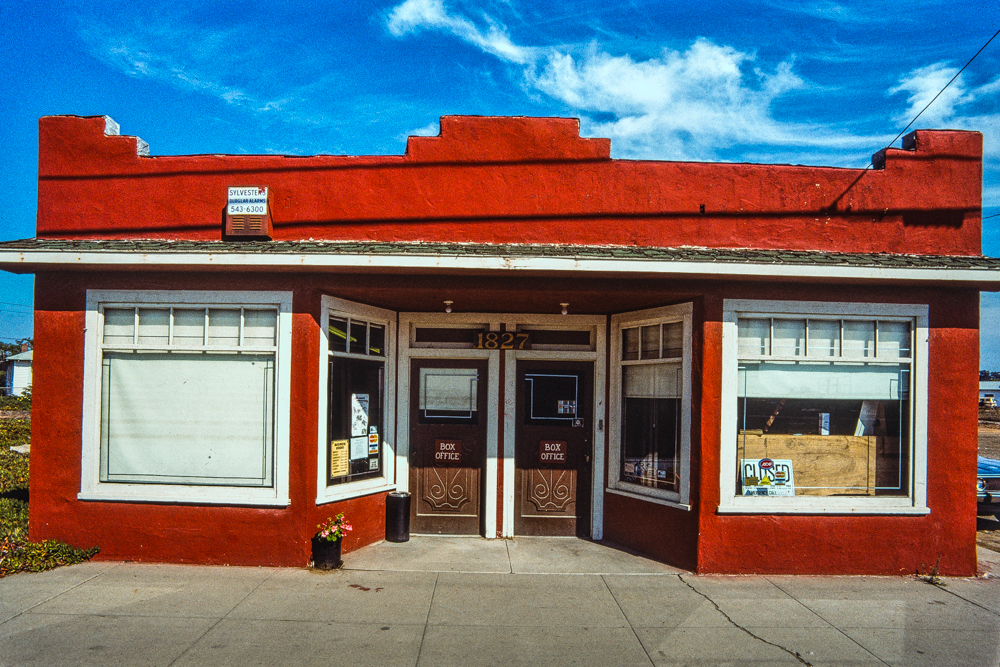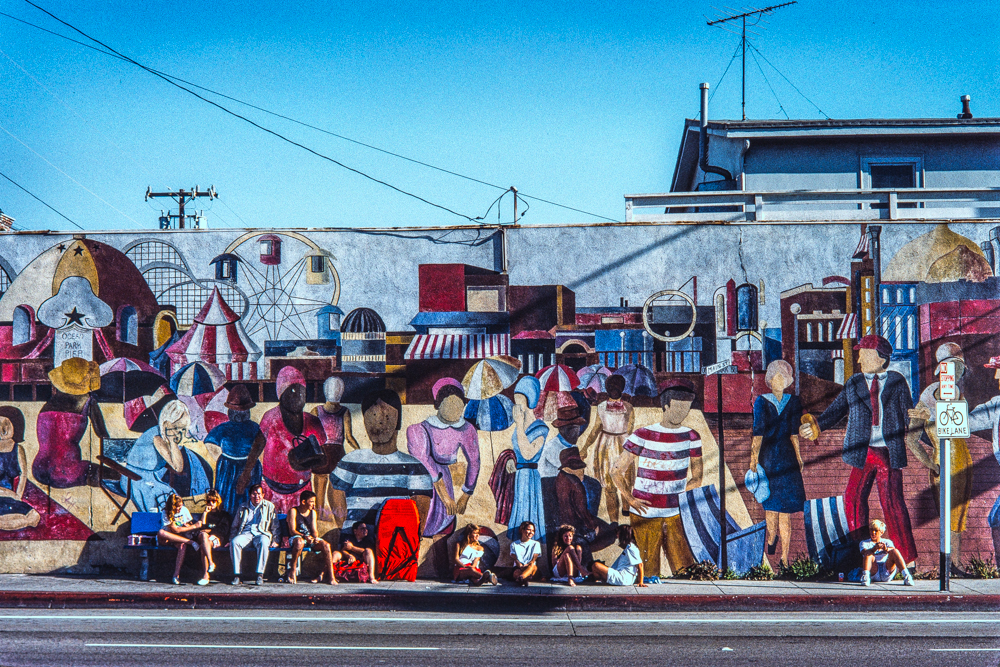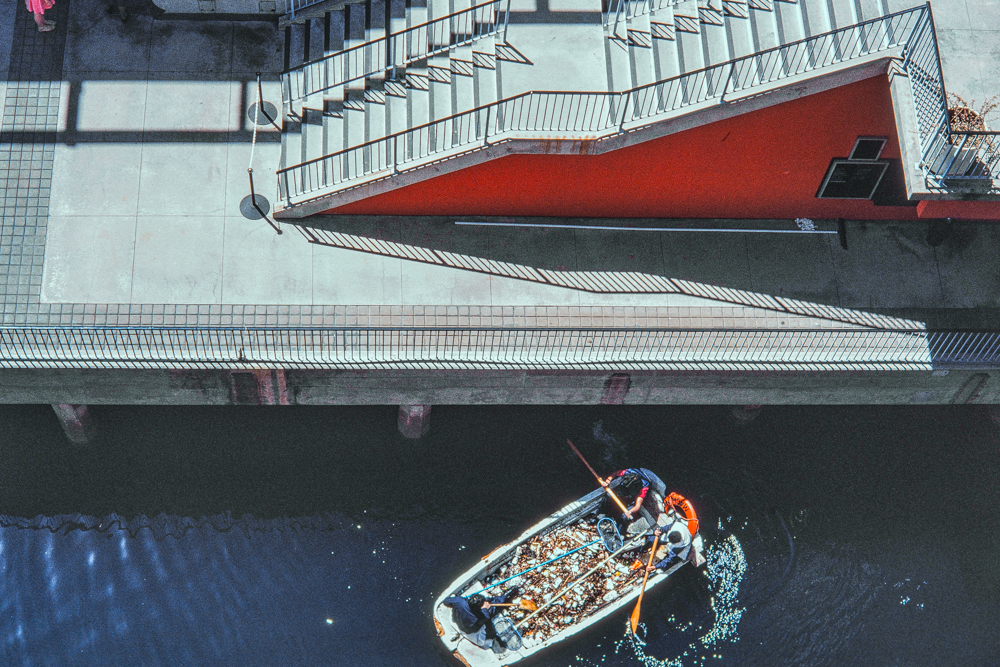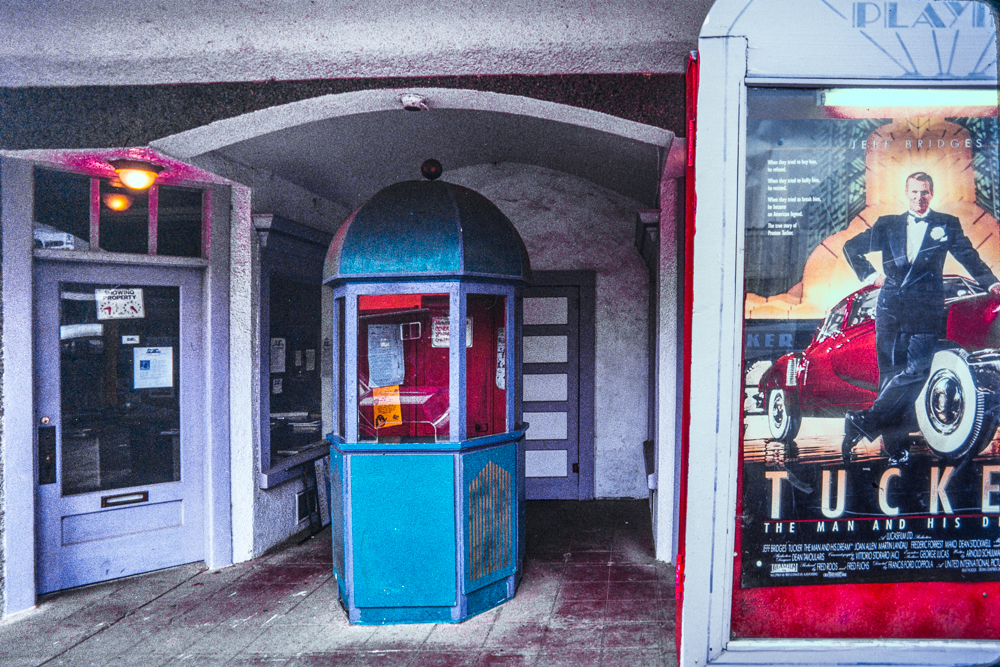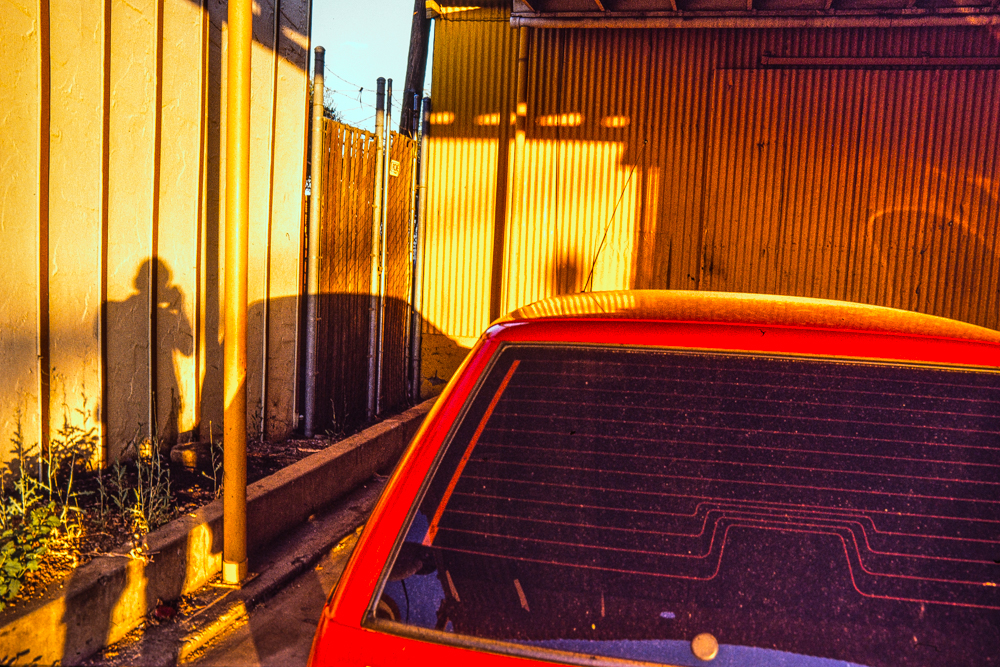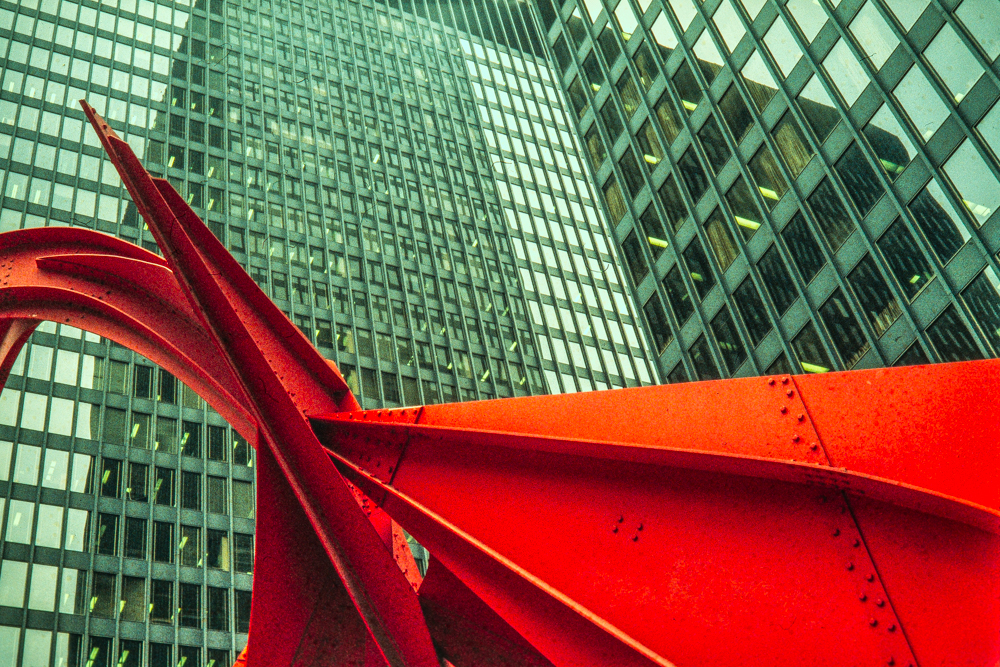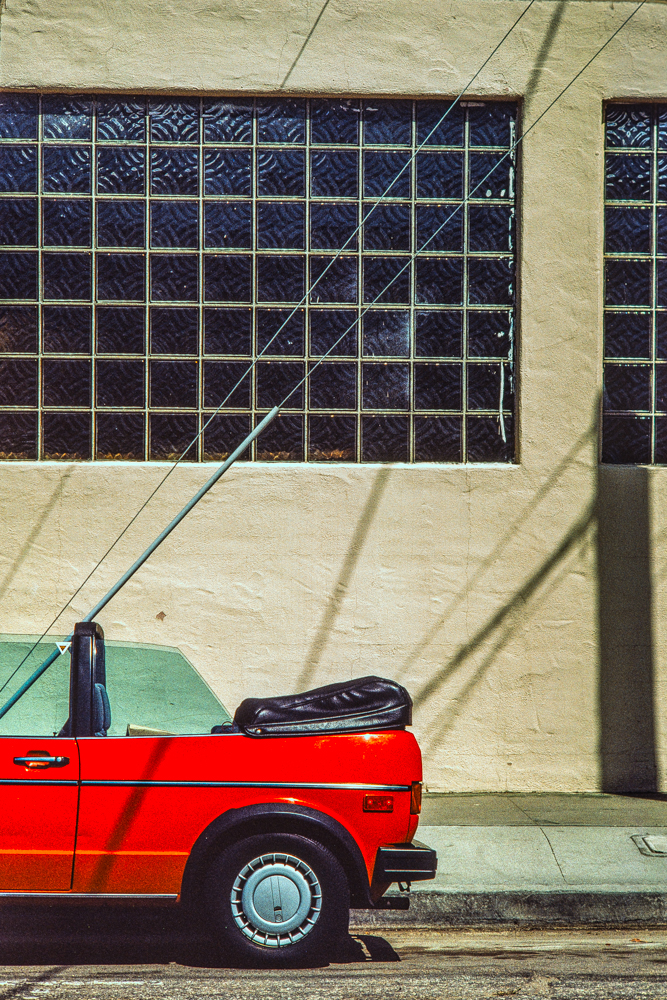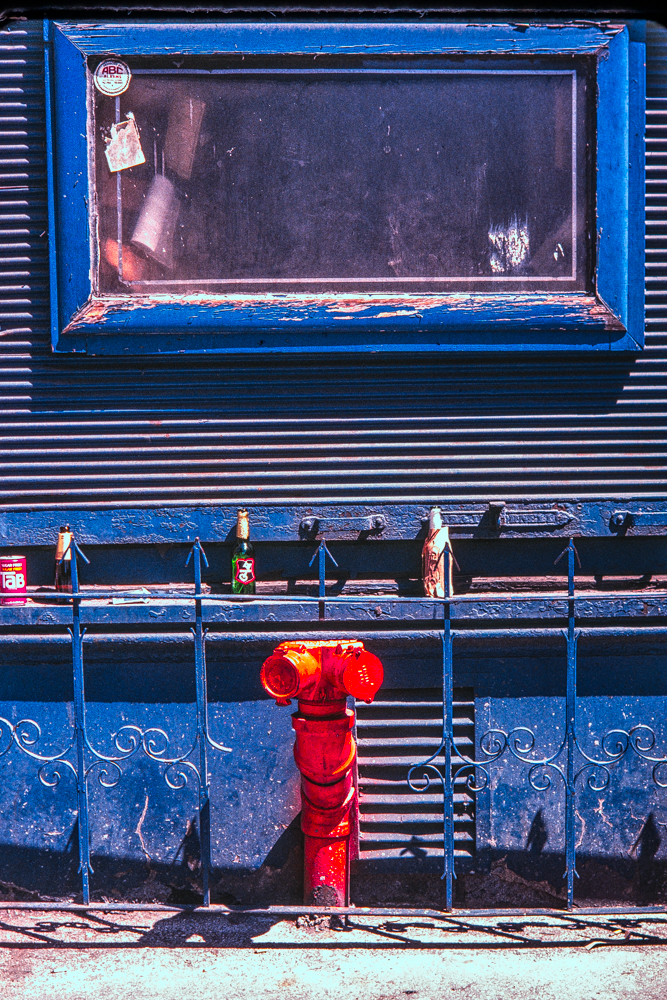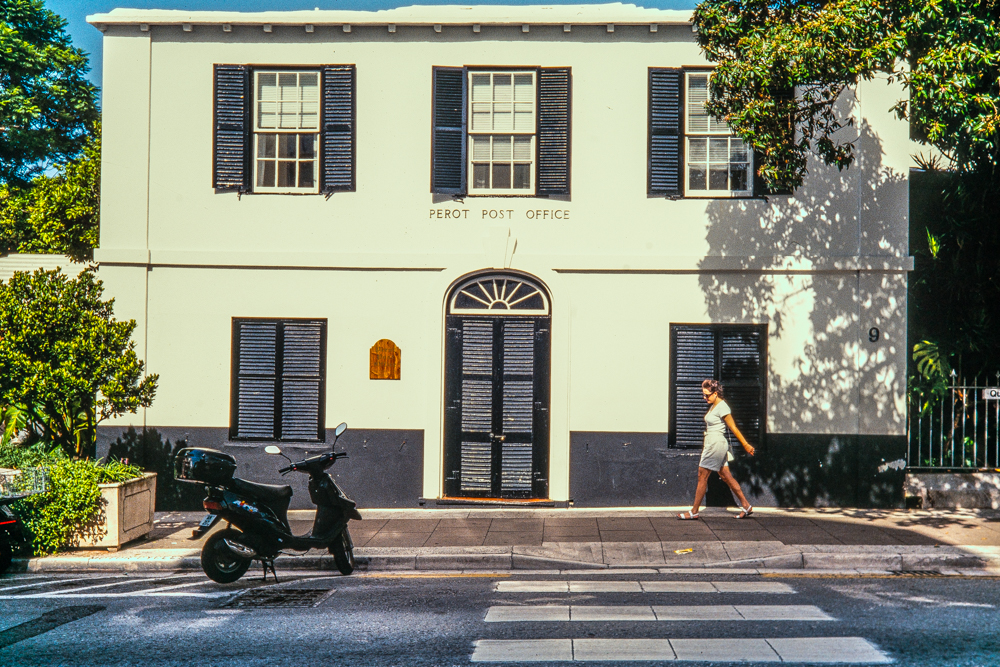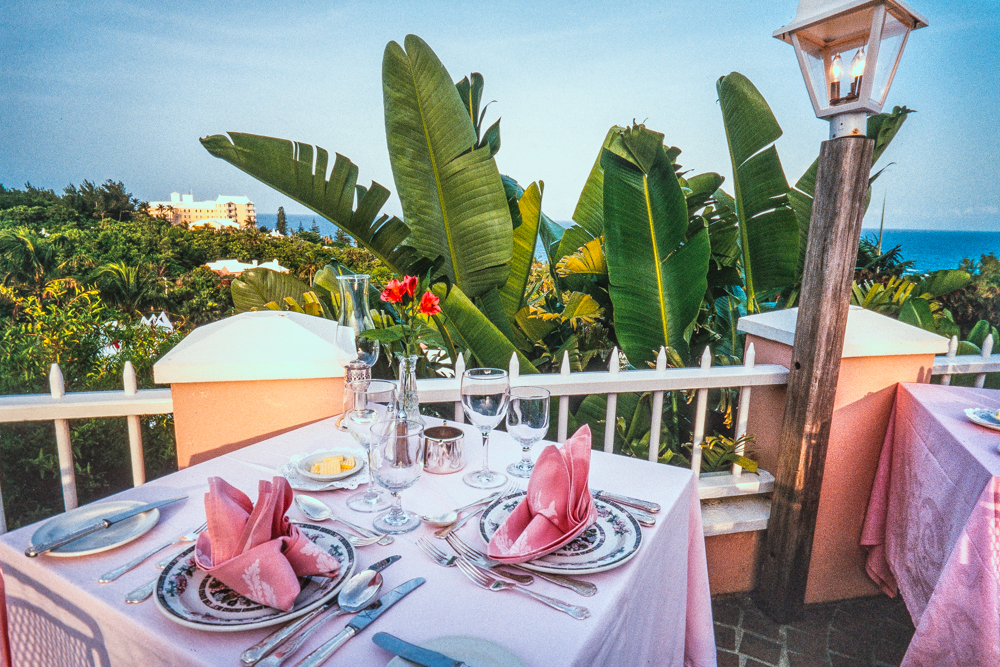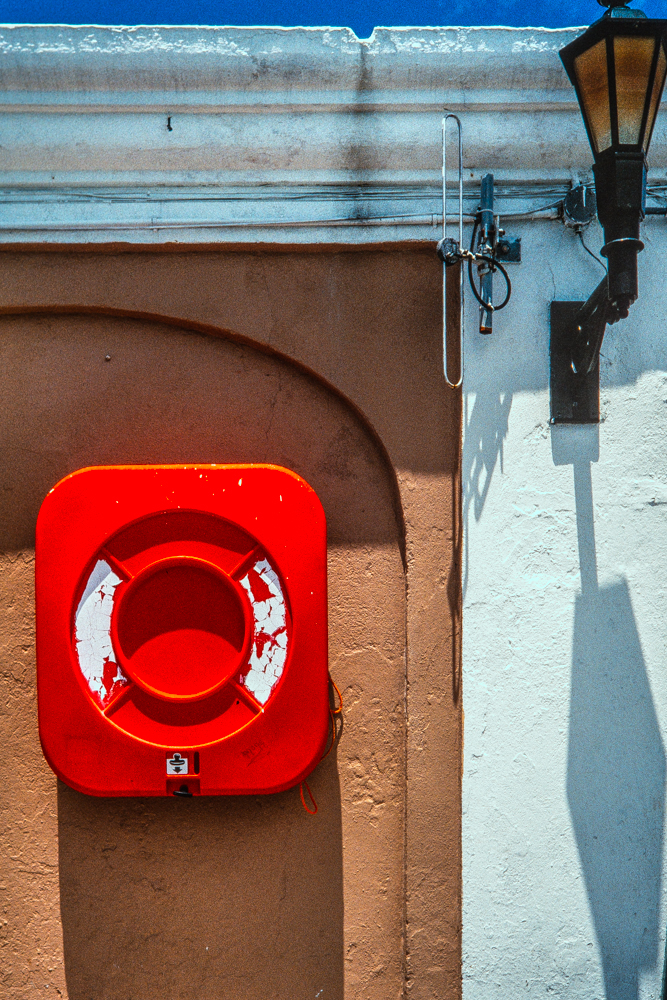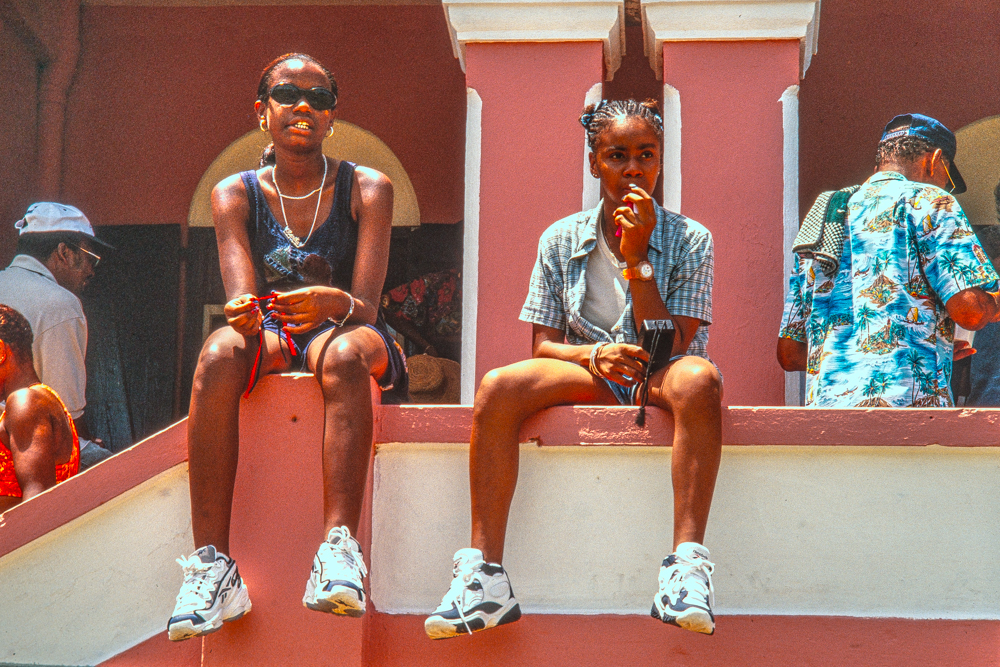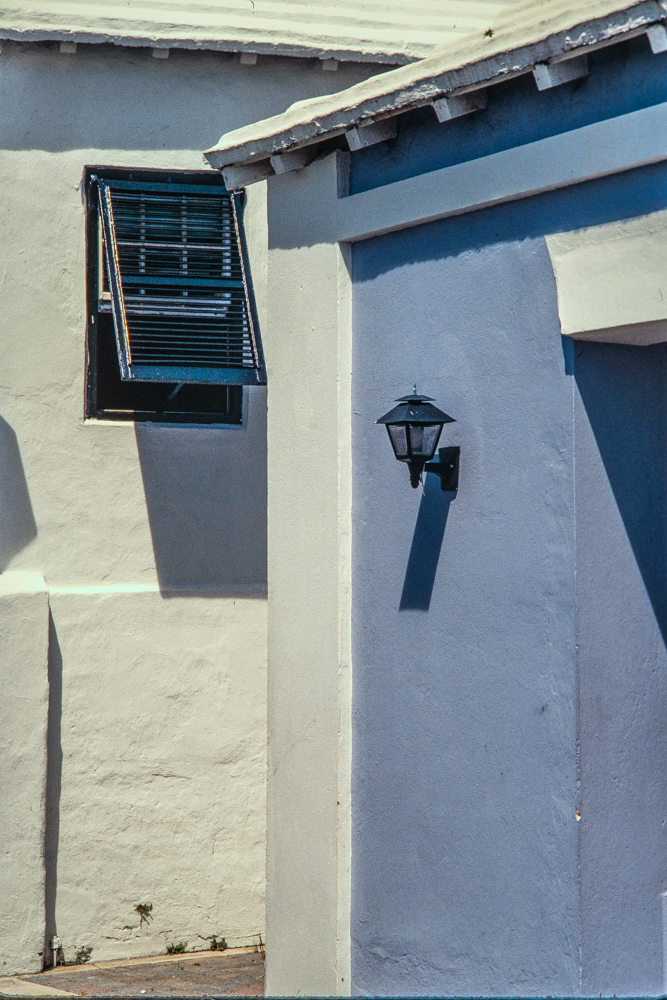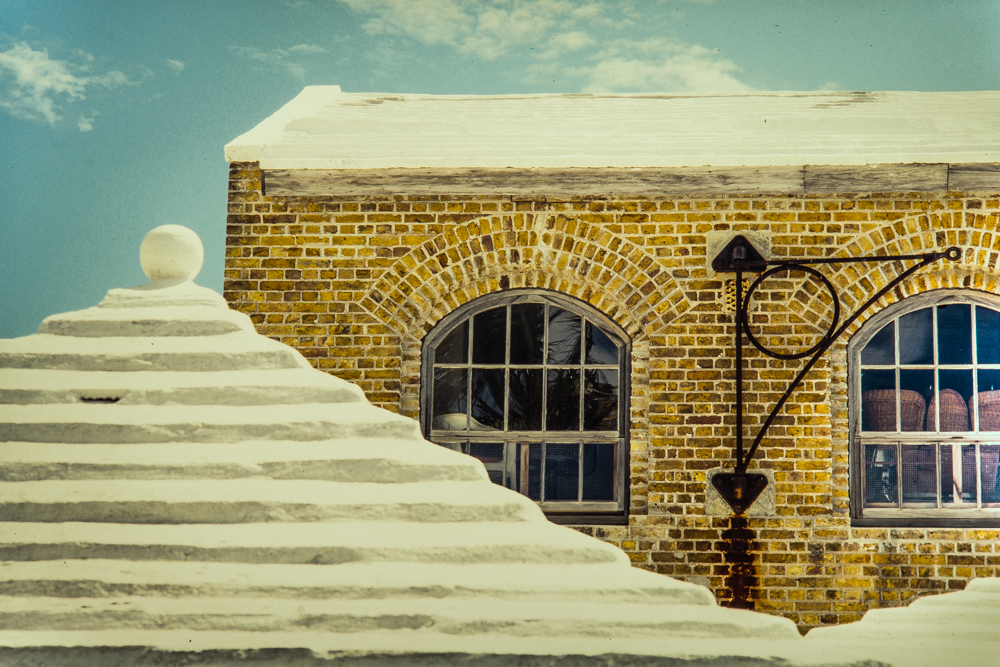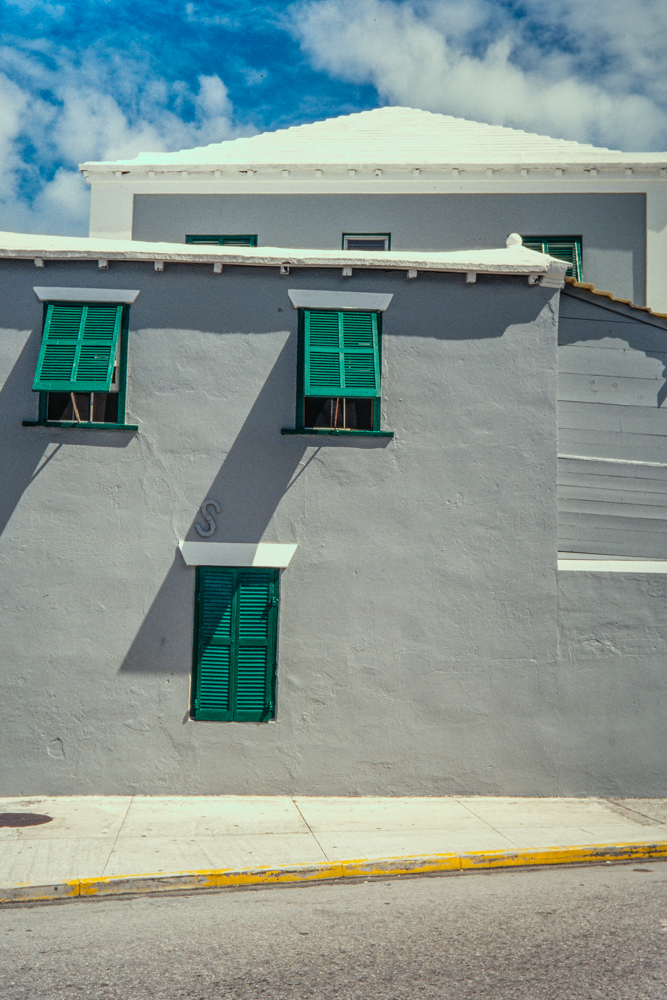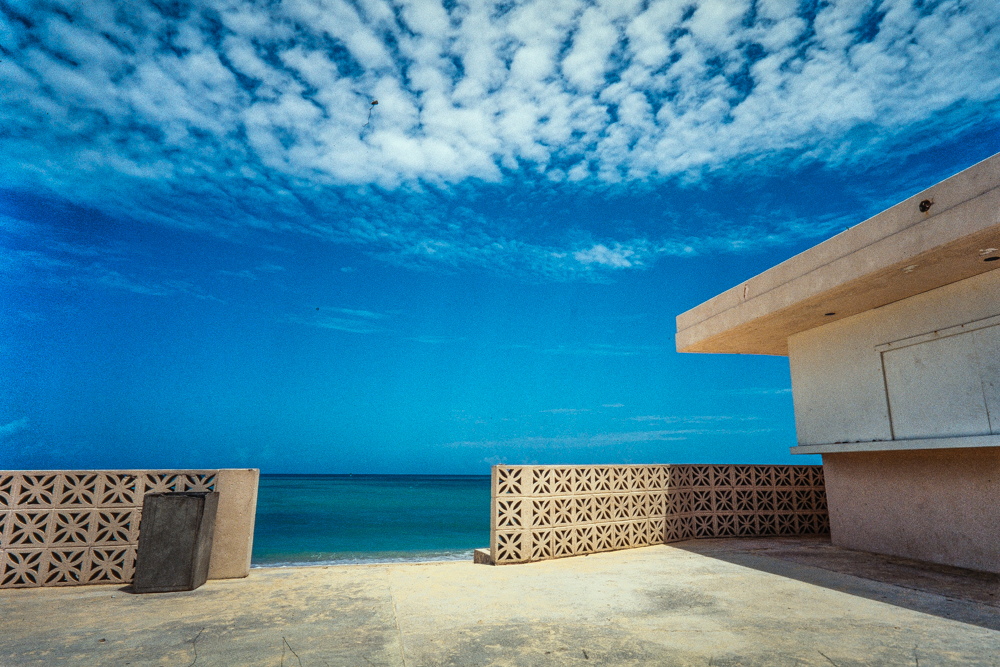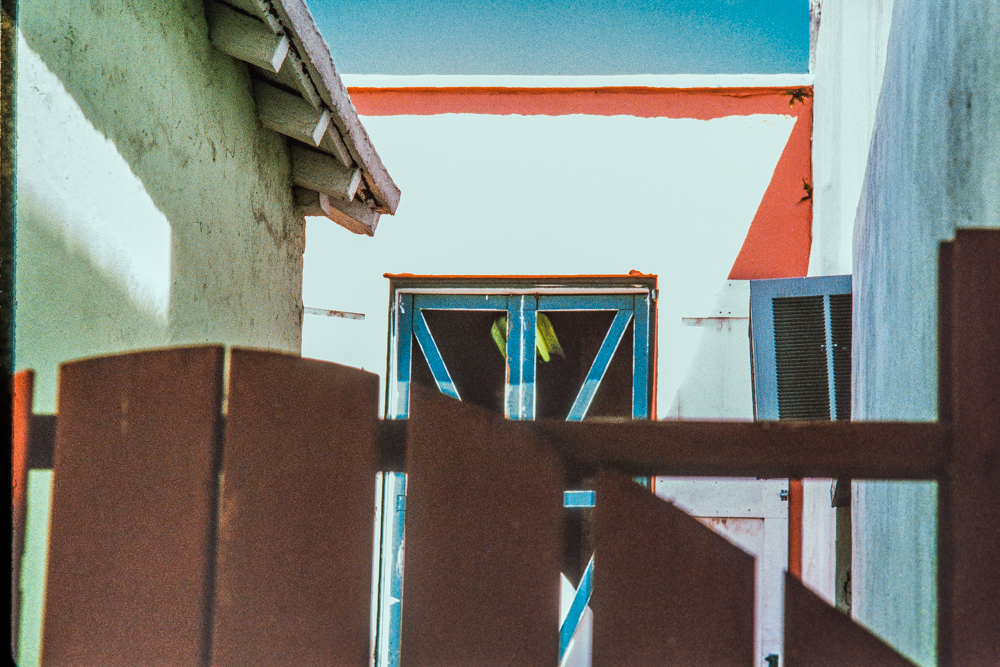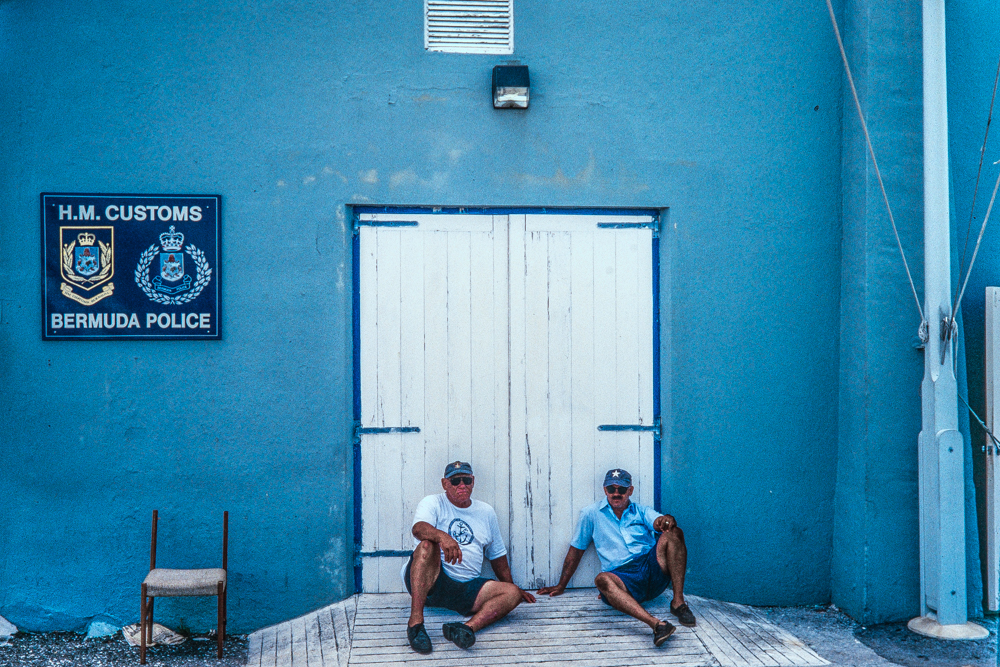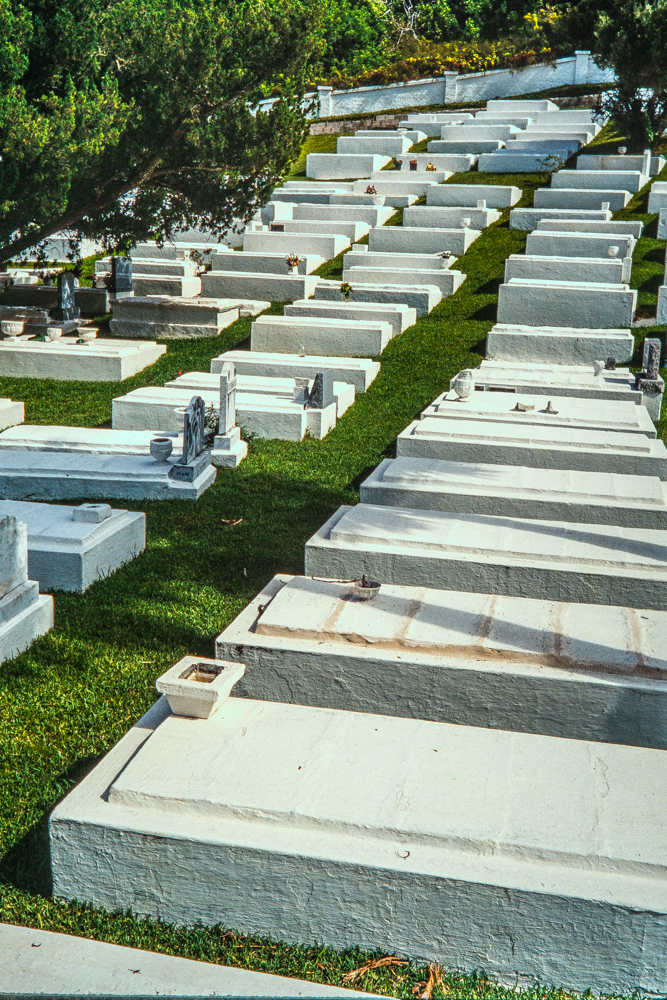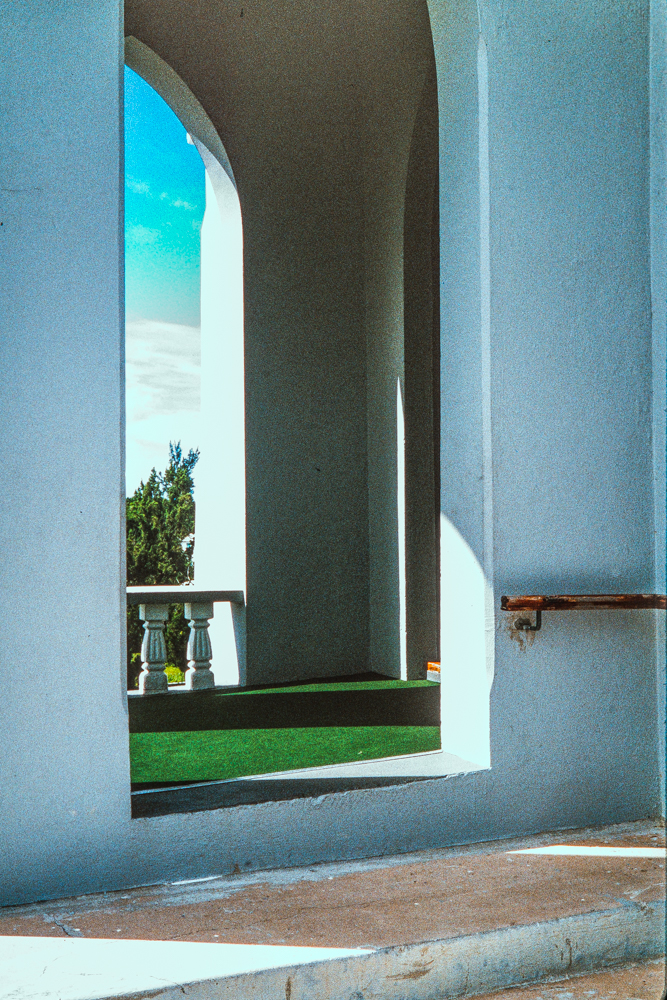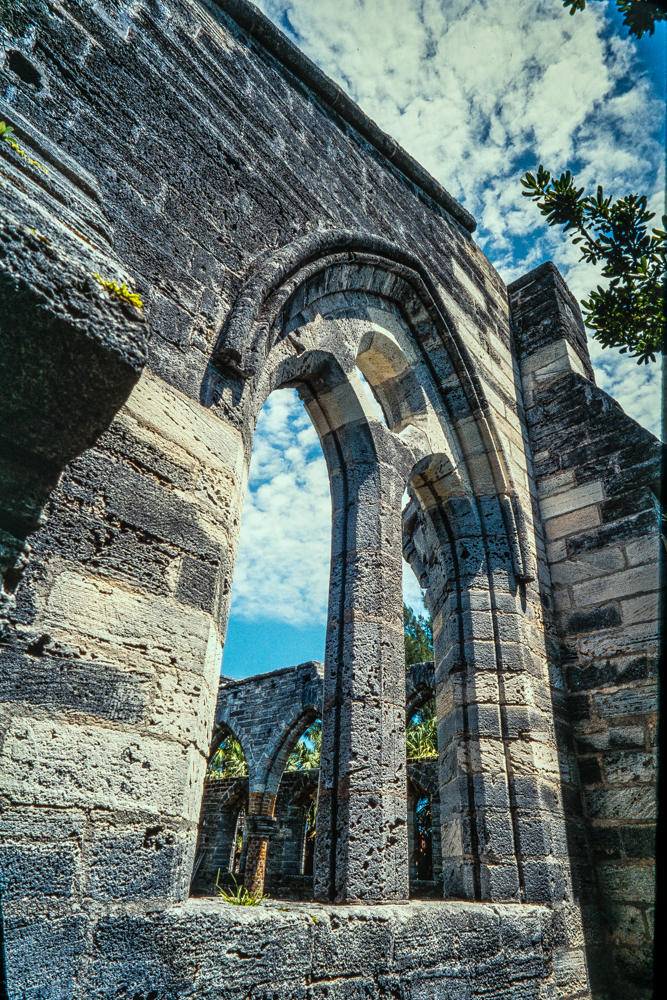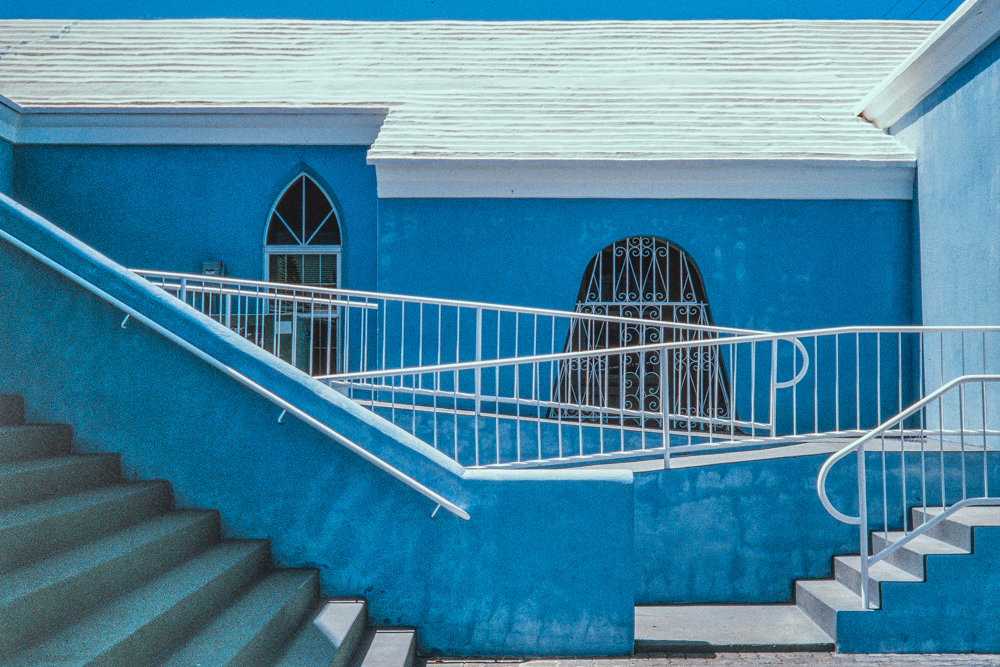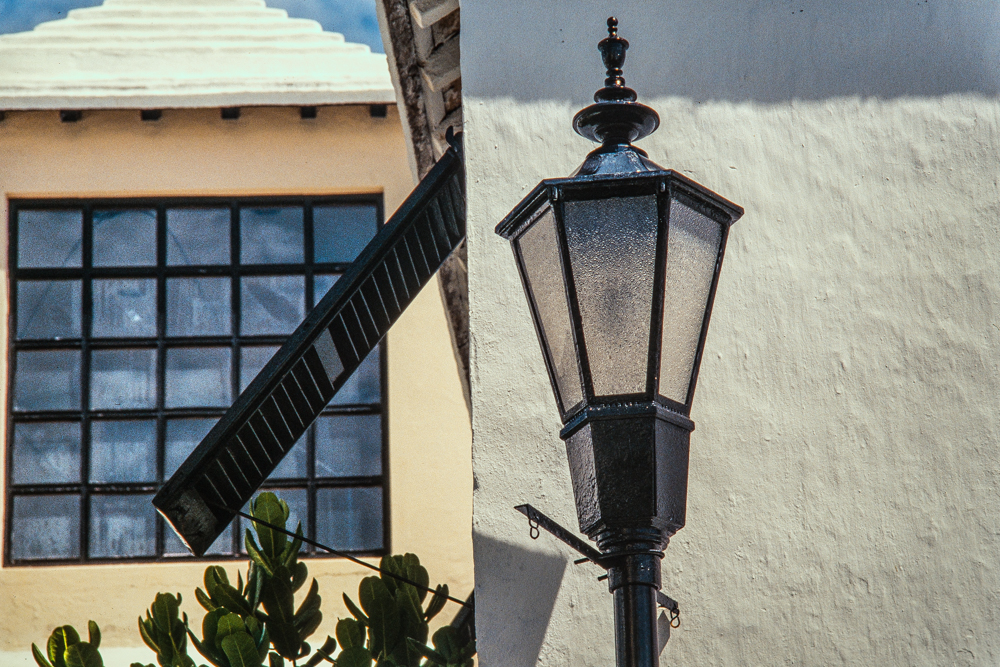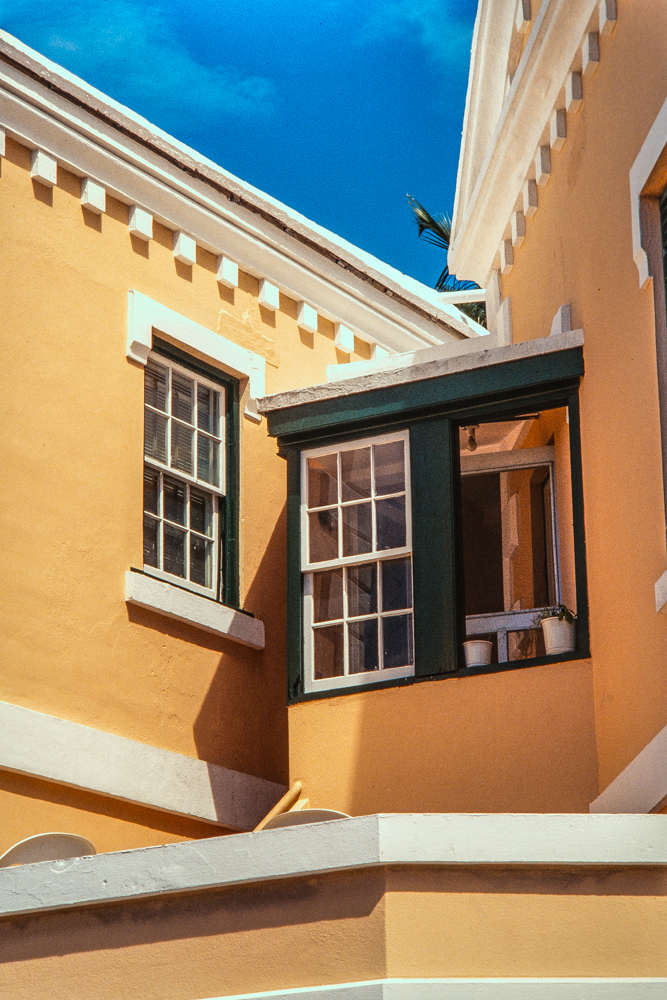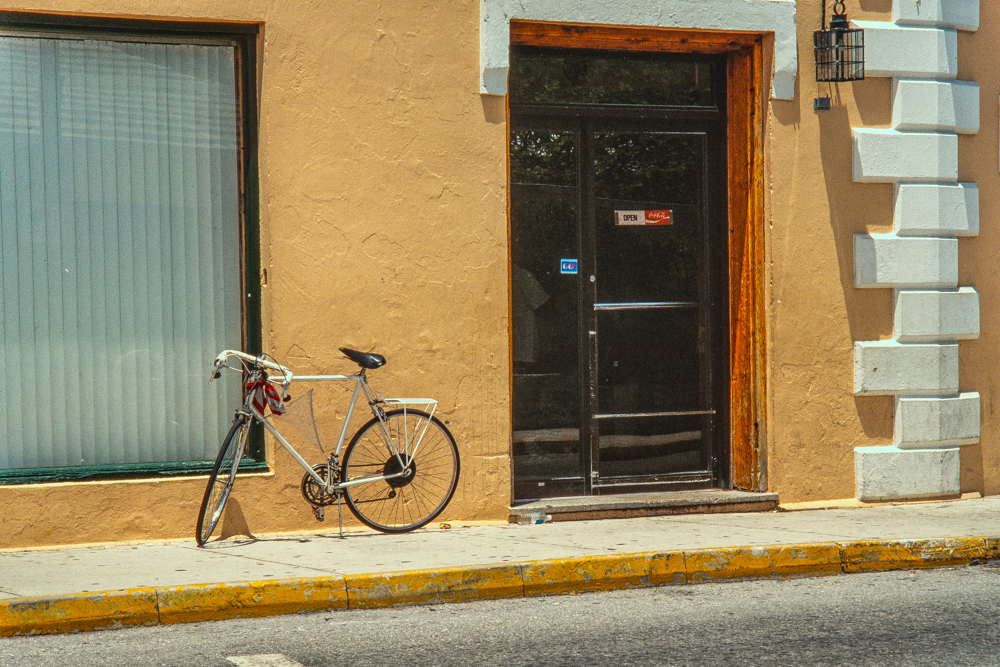How to do it.
Dogs in the studio are much harder to direct and photograph than people. They are temperamental, have short attention spans and their movements are mercurial.
Ash, the Bernedoodle, was no different. (A Bernedoodle is a non-allergenic, non-shedding Poodle-Bernese Mountain Dog mix). She was very active, hopping on and off the posing platform, the owner had at best marginal control of his pup and, unusually, the dog proved very sensitive to the strobes going off.
Here is the studio setup:
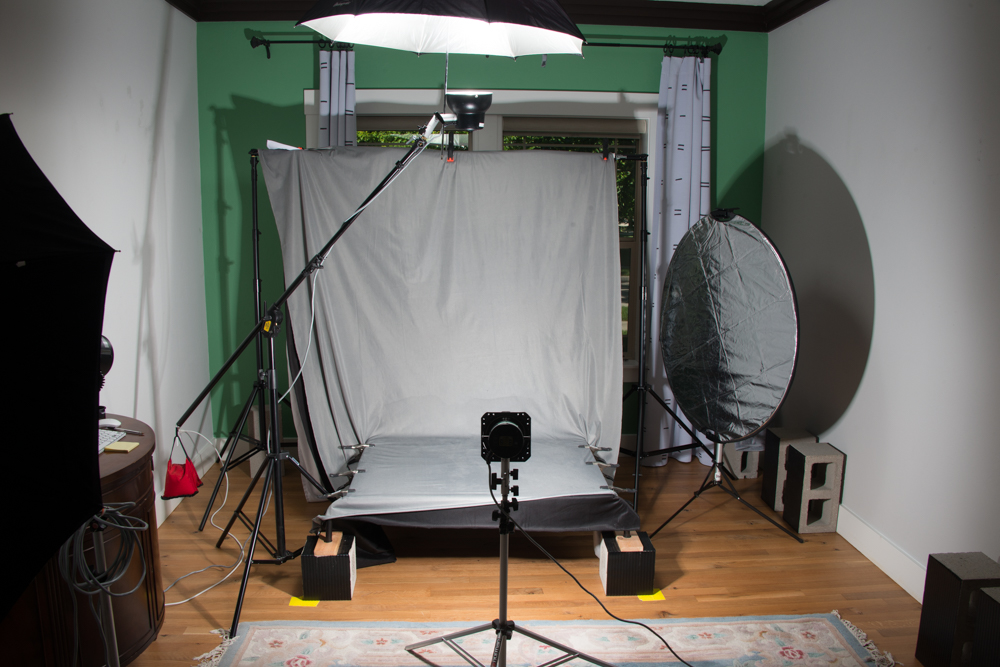
One umbrella top light and one naked main light. The fill at left is not used.
And here is the result:
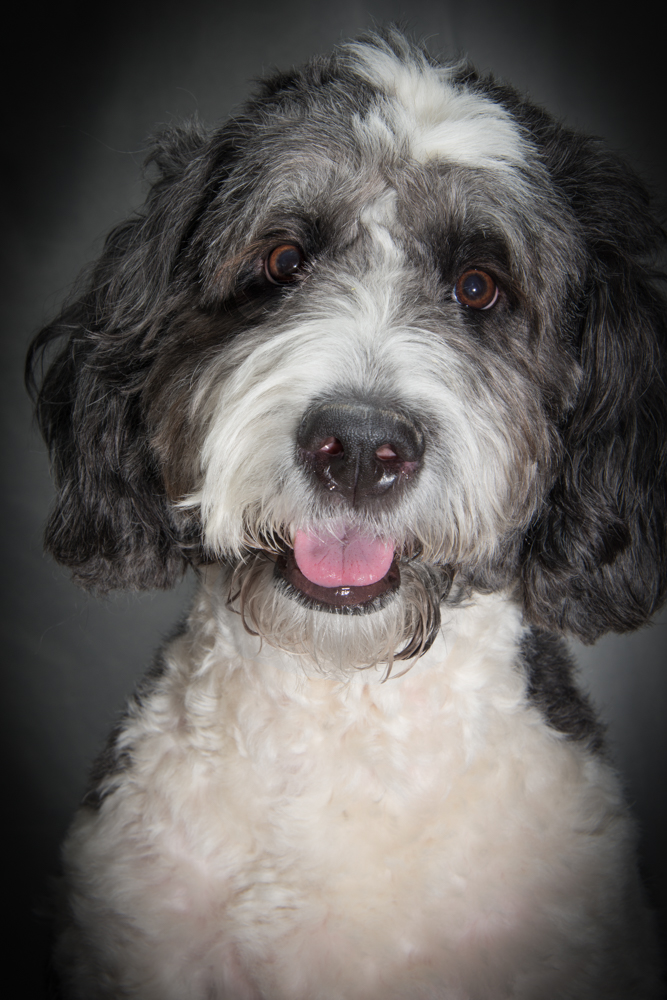
Ash the Bernedoodle. The naked main light provides the
catchlights in the eyes, making the animal come alive.
The posing platform is elevated 8 inches from the floor to permit a smooth contour in the backdrop, and comprises a plywood sheet on a steel base, raised on cement breeze blocks. It is very robust.
To get that gaze I had the owner lie on the floor in front of me with a doggie treat. That got the dog square on to the camera. Then one squeeze on the squeaky toy in my hand saw Ash elevate her gaze and Click!, the image was made.
Dogs with long step muzzles, like Ash, pose a focus problem in this sort of pose, so the optimal spot focus point (forget all that matrix focus gobledegook – the camera has no idea what it should focus on; use spot focus, lock, recompose) is midway between the nose and the eyes. You want both sharp. And I use f/11-16 to increase depth of field, adjusting ISO and lighting intensity to permit use of a small aperture.
Using continuous lighting in this environment is an exercise in futility. You need flash to freeze motion and obtain the best definition. I tether the camera to a wall mounted monitor, using an ancient MacBook Air, with a cable and see the results pop up in Lightroom in a couple of seconds, allowing both photographer and owner to judge lighting, pose and exposure. A far better alternative to chimping that minuscule LCD on the back of the camera.
And while you can easily spend over $1000 on a three light studio strobe system, replete with rechargeable batteries (one more thing to go wrong) I use my 30 year old hard-wired Novatron outfit which can be found for far less on eBay. I wrote about that some two decades ago here and the remote flash trigger I use, which continues to work perfectly, is described here. Tripping risk is minimized by running all the wires under the place rug you can see above.
And you can forget your fancy 85mm portrait lens. What is called for is a wide range zoom and maximum aperture is irrelevant because even on half power the Novatron strobes only require f/11-16 at ISO200. My lens of choice is the 28-300 AF-S Nikkor and the results in a big print will knock your socks off. I use a Nikon D800 and find that fixed focal length lenses are of little use with dynamic dogs as subjects.
To learn about studio lighting I consult just one book – the George Hurrell bible. Hurrell may not have had the benefit of digital sensors and stroboscopic flash, but then again his sitters included Joan Crawford, Norma Shearer, Humphrey Bogart and Barbara Stanwyck.
